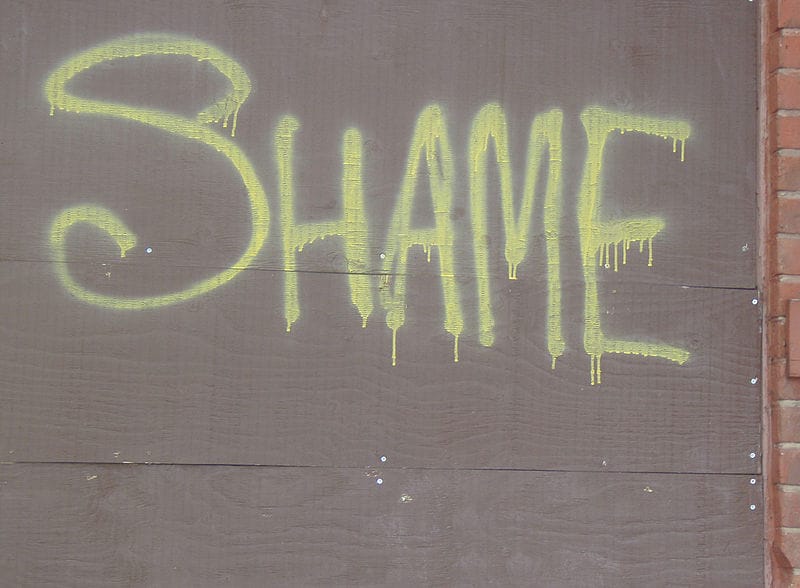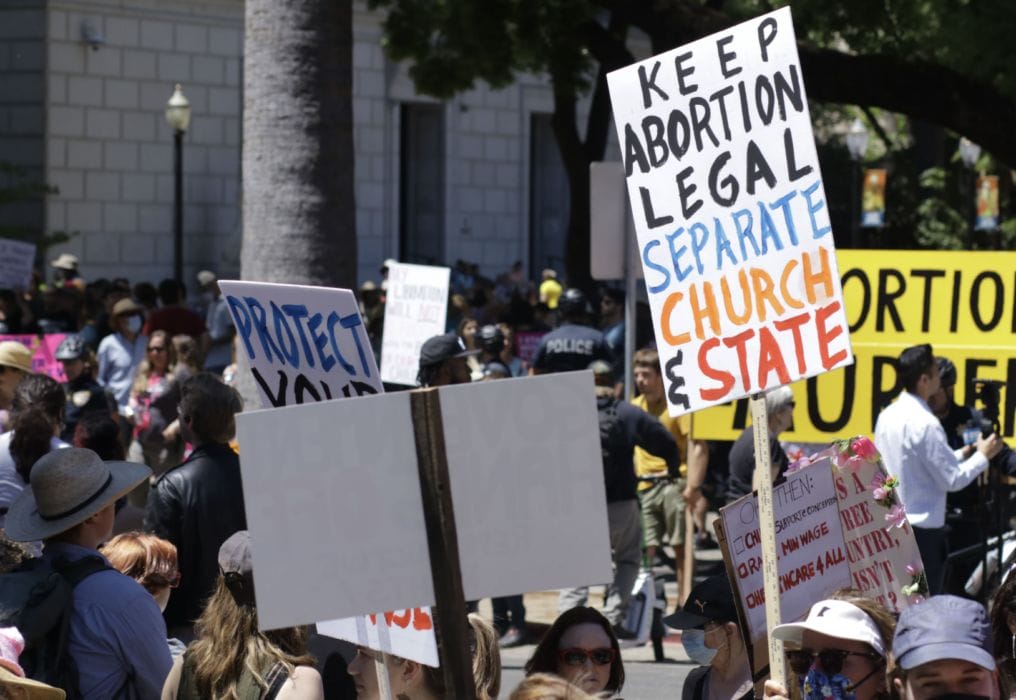The following is a commentary. (Above image courtesy Anthony Easton/flickr: PinkMoose)
Rolling Stone’s disintegrating campus rape story is an example of the perils of the increasingly blurred lines between traditional, straight news organizations… and outlets such as pop culture magazines and blogs that sometimes dabble in news-type journalism.
By traditional, straight news organizations, I mean outlets such as the Washington Post, the New York Times, the Los Angeles Times, the Washington Times, USA Today, US News and World Report, Time, ABC, CBS, NBC, FOX, and CNN. None would have published the rape story as it was originally published in Rolling Stone. Not one of them would have considered it for a moment.
Each type of outlet–whether it’s a New York Times or a Rolling Stone–serves a public purpose. And it’s possible for good, valuable stories to be produced in any forum. However, the mission of straight news organizations with rigorous editorial processes should not be conflated with agenda-driven non-news outlets such as Rolling Stone even if they, too, boast of rigorous editorial processes. Traditional news organizations with the highest standards make mistakes. It’s no surprise that a non-news magazine would make big ones, too.
News or Pop Culture Reporting?
The author of the rape story, Sabrina Erdely, has apparently written some excellent magazine articles in the past, and some of her colleagues say she is known for her thorough and meticulous work. However, her work seems largely (if not entirely) isolated to pop culture, advocacy, opinion and/or non-news magazines such as: Cosmopolitan, Self, GQ, The New Yorker, Mother Jones, Glamour, Good Housekeeping and Men’s Health. With that context, it’s less surprising that she would commit a journalism error that even a beginning high school newspaper students wouldn’t commit: failing to contact those accused of violent and heinous crimes.
If the author’s investigation were as painstakingly thorough as claimed, and if she were as meticulous a reporter as colleagues suggest, it’s hard to fathom how the Washington Post could, in the relative blink of an eye, find information and accounts that conflicted with the alleged rape victim’s.
Click here for our MediaBuzz discussion about Rolling Stone’s UVA rape story.
Rolling Stone’s Convoluted Explanation
One major unanswered editorial question is: Why didn’t the original article disclose the alleged fact that Rolling Stone had made an agreement not to contact the accused? To me, this seems to indicate that both the author and editors knew that such an agreement would be questioned and criticized. The fact that they worried about this and chose not to disclose is another apparent error. They shouldn’t have made the agreement. But at the very least, since they did, they had an obligation to disclose and explain the agreement within the original article.
Likewise, Rolling Stone’s explanation after-the-fact seems nonsensical when examined in a journalistic context. Managing editor Will Dana stated, [quote]”Because of the sensitive nature of [the alleged rape victim’s] story, we decided to honor her request not to contact the man she claimed orchestrated the attack on her nor any of them men she claimed participated int he attack for fear of retaliation against her.”[/quote]
If anything, the “sensitive nature” of the allegations increases the obligation to contact the accused; it certainly doesn’t justification journalism malpractice. Additionally, the “fear of retaliation” concern doesn’t seem to make sense, either. If the alleged rape victim were going to be subject to retaliation, it wouldn’t matter whether the alleged perpetrators were contacted prior to publication of the article or simply read the article after publication.
Red Flags?
Hindsight is 20/20 but, nonetheless, here are some apparent red flags along the way. This is not to suggest that these red flags mean the alleged rape victim’s story is untrue. But, taken together, they signaled potential weaknesses from a journalistic standpoint that should have prompted a more careful treatment of the story.
- The alleged rape victim allegedly required Rolling Stone not to contact the alleged attackers.
- She apparently didn’t file a police report.
- She reportedly didn’t seek medical attention, though she was allegedly brutalized sexually for hours, punched in the face by a man’s fist, and had been pushed onto shards of glass that stabbed her in the back and left her dress bloody.
- She was allegedly offered numerous opportunities to file different levels of complaints or claims with the university, but declined. Though she is described as a sort of activist, she conversely allowed her alleged violent assaulters the freedom to prey on more campus victims, unpunished and unimpeded.
- The description of the attacks fell outside the typical campus description of sexual assault in terms of brutality and scope.
- One of her friends who could have corroborated her story declined to talk to Rolling Stone and was described as a “former” friend.
- She had been under psychiatric care and was taking a prescription antidepressant.
- She apparently asked to be removed from the story prior to publication.
The alleged campus rape victim’s story, or parts of it, may be true. From what’s been publicly reported, it seems reasonable to conclude that something terrible, traumatic and uninvited may have happened to the alleged victim. But for a journalist, belief must be nothing more than a starting point.
If the author of the questioned article thought the agreement not to contact the alleged attackers was okay–indeed, if Rolling Stone’s top editorial reviewers thought it was okay–is it reason to examine her past work, as well as Rolling Stone’s past journalism feats?
###
Sharyl Attkisson’s Best Selling Book: “Stonewalled” critically examines today’s news media pressures, biases and trends.




